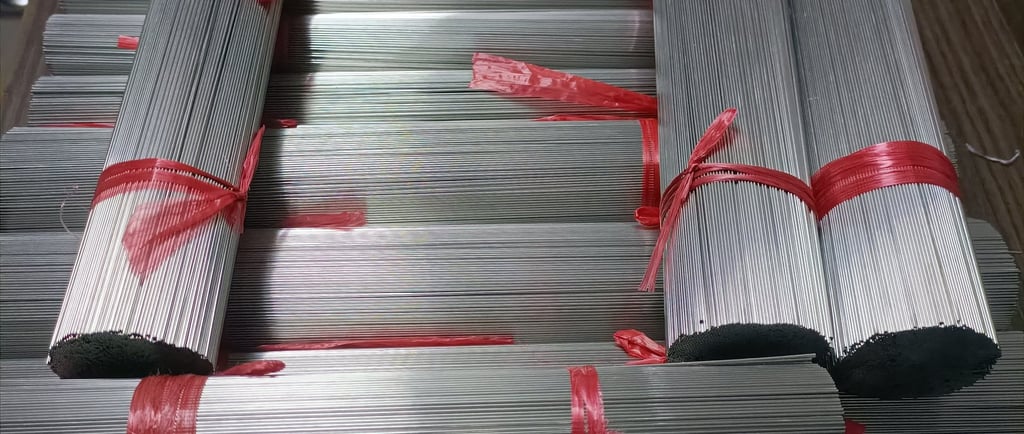Understanding Insulated Glass: Production and Installation Challenges across Latitudes
3/13/2025


The Basics of Insulated Glass
Insulated glass, often referred to as double glazing, consists of two or more glass panes separated by a space filled with gas, aimed at enhancing energy efficiency in buildings. This specialized glazing provides excellent thermal performance and minimizes heat loss, making it a popular choice for homeowners and builders alike. However, while the production and installation of insulated glass are generally conducted within similar latitude ranges, significant issues can arise when these parameters are misaligned.
Pressure Differences During Installation
When insulated glass is manufactured at low latitudes, such as at sea level, it is designed to withstand the atmospheric conditions prevalent in that region. However, the installation of this glass at a higher latitude introduces complexities due to variations in air pressure. Under standard conditions, the air pressure inside the double-glazed units should ideally match the external atmospheric pressure. However, if insulated glass produced at low altitudes is installed at higher elevations, discrepancies can occur.
Consequences of Pressure Imbalance
These changes in elevation often result in outward deflection and visual deformation of the glass panes. This phenomenon is primarily due to the inability of the insulated glass units to equilibrate pressure sufficiently before installation. When the air pressure within the insulating glass does not equal the external pressure, it can cause the panes to burst, leading to significant structural and safety hazards. Thus, understanding the manufacturing conditions and the geographical position where the insulated glass will be installed is crucial.
In summary, when selecting insulated glass for a project, careful consideration must be given to both the production location and the final installation environment. By ensuring that these two aspects align, one can mitigate the risks associated with pressure imbalances and ensure the longevity and performance of insulated glass installations. As the market for energy-efficient building materials continues to expand, knowledge of these factors will be essential for professionals in the industry.